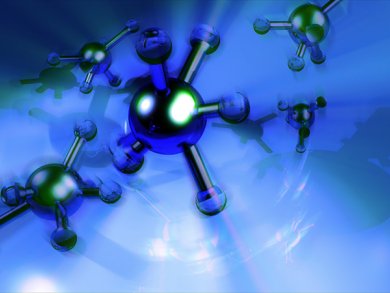The Sanibel Symposium is one of the oldest meetings in Quantum Chemistry: In 2010, it celebrated its 50th anniversary. The origins of the annual symposia lie in the Winter Courses on quantum chemistry organized by the Quantum Theory Project of the University of Florida, USA. Initiated by Professor Per-Olov Lowdin in 1960, this annual meeting has permitted otherwise isolated quantum chemists all over the world to come together and exchange the latest ideas and research.
The 51st annual Sanibel Symposium on quantum chemistry, organized by the University of Florida Quantum Theory Project, was held last March at St. Simon’s Island, Georgia, USA. Two hundred participants took part in sessions on Density Functional Theory, Molecular Electronics, Quantum Dynamics, Software, and Dynamics of Biomolecules, in addition to other related topics.
As is often the case, the proceedings are scheduled for publication in the International Journal of Quantum Chemistry. Several proceedings articles are of interest to practitioners in diverse fields in quantum chemistry and related disciplines. Among these is the work on charge competition in halogenated hydrocarbons by Paul Seybold and co-workers, molecular conductance by D. J. Klein and N. H. March, and a general solution of the Coulomb-Dirac problem by Burke Ritchie.
Among other remarkable advances was Arjan Van Der Vaart and colleagues’ development of enhanced sampling techniques to look at the long-time scales involved in biomolecular systems. Cumulatively, this set of proceedings contains several other promising manuscripts that may serve as a reference for future work.




